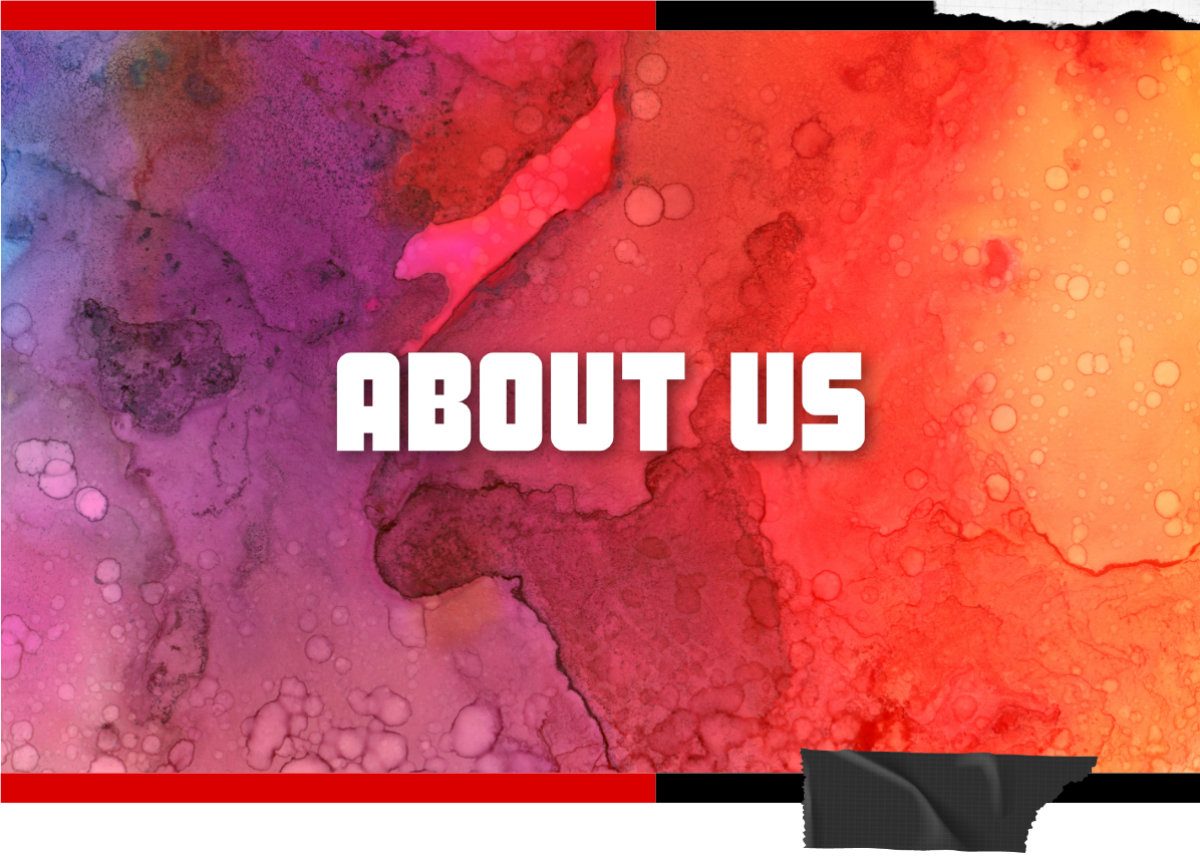

Introduction
Nigeria, Brazil and Pakistan share a common history of dictatorial regimes. Since the 1960s, the three countries have experienced successive despotic governments that cracked down dissenting voices, notably including artists – literary and visual. In Nigera and Brazil, artists like Abdias do Nascimento (Brazil), Carlos Zilio (Brazil), Gilberto Gil (Brazil), Obiora Udechukwu (Nigeria), Fela Anikulapo Kuti (Nigeria), Wole Soyinka (Nigeria) were exiled or imprisoned. In Pakistan, Salima Hashmi, Abdul Rahim Nagori, Ijaz ul Hassan either had their critical works censored or served prison term for it. Since the turn of the 21st century, Brazil and Nigeria now have democratically elected governments. Despite this, freedom of artistic expression does not yet exist. In conservative Pakistan, long decades of conventional and civil wars, terrorism have created a hostile atmosphere for activist artists. All the countries have one thing in common: religion, government policies and censorships have created restrictions while inadequate funding, limited access to financial resources and intimidations of artists whose work criticize the government or promote unpopular ideas, limit the creative independence of artists. Interestingly, Pakistan has a history of using poetry and oral tradition to transmit dissenting messages. Poetry with strong messages are painted on the body of buses while songs with critical messages spread contagiously among the population. Nevertheless, contemporary visual and literary artists have faced multiple levels of limitations while developing new audiences. National security issues are no-go areas for artistic intervention in Nigeria and Pakistan, while in Brazil, issues of race and gender are politicized and hence artistic engagement with them are difficult. Therefore, it is evident that in countries where democratic freedom is always in a fine line, artistic productions are limited in their ability to engage with global socio political issues.
In the three countries, artists are mainly limited by spaces of engaging with their public. The idea of a public performance is hinged on the notion that public space is a space that facilitates intra-group relations and civic engagement by providing opportunities for inclusive participation and interactions among strangers. Therefore, restricted access to public spaces limits creative expressions and defeats the aim of artistic engagements.
On the one hand, when we think of a production that proposes to discuss the problems and issues of the world, for various reasons, we do not necessarily have an interested public engaged in this type of production. Countless issues reflect this distance from the public, from the lack of public policies of education and culture for the population to the construction of a language in the universe of art understood only by a public that has the repertoire for the same. Many times, even in works that happen and are produced for the urban space and the audience of the city, this city and this public are nothing more than scenery for artistic work.
On the other hand, the dynamics of public engagement in the world is changing drastically with the current coronavirus pandemic, and the projected impact on the world will further limit the ability of artists to reach their public. As the world is gradually moving to an Orwellian society, this shift in global dynamics will place new responsibilities and challenges on artists. Artists will respond to the new world order, government actions and inaction in response to the pandemic.
An example is new restrictions to freedom of movement. Hence, several questions abound: What are the convergences between artistic freedom and fundamental human right to freedom of speech. Do we share the same limitations of expressions in other parts of the world? Are limitations to creative expressions the same in Sao Paulo and Lagos? What is the immediate problem of the public in these spaces? What are those questions that can't be discussed? How can artists, curators, institutions think beyond their propositions to think of other forms of art? What needs to be reviewed to reflect on greater public engagement? Who is the artists’ public? What will public performances look like in a post-COVID-19 world? How public is a public performance? These questions form the departure point for the project – UnCensored.
Curators: Iheanyi Onwuegbucha and Joao Simoes
Associate Curator: Emaan Mahmud
